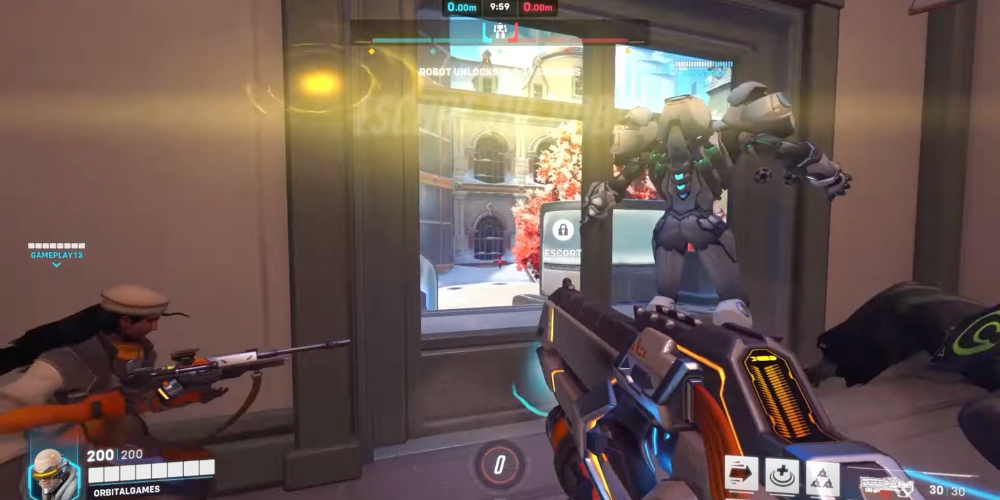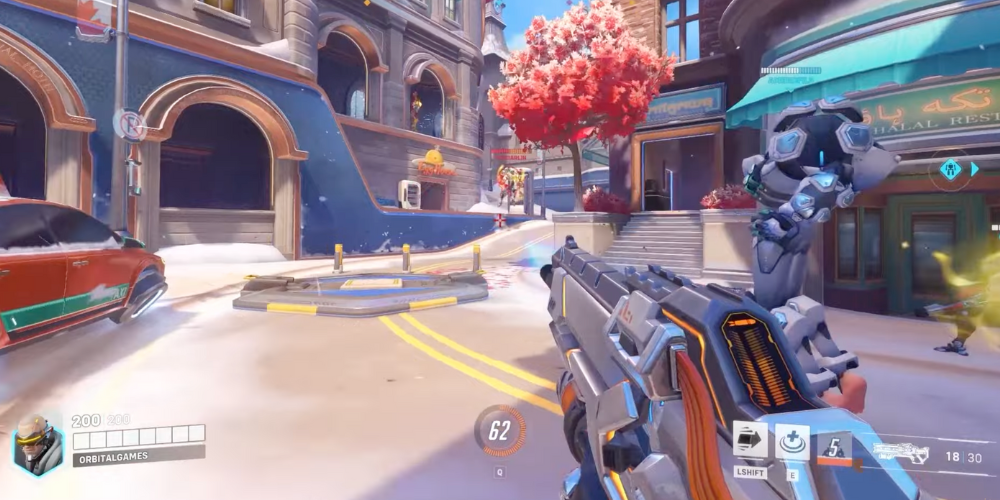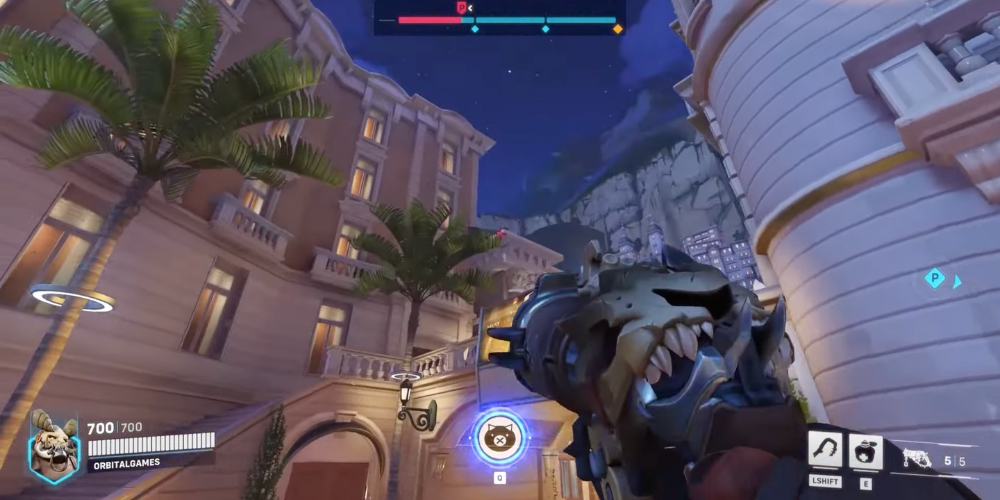Overwatch 2: Strategies for Every Map and Game Mode

Welcome to the ultimate guide, where we unravel the secrets and strategies tailored for every map and game mode in Overwatch 2. Whether you're an amateur enthusiast or aiming to dominate in competitive play, understanding the intricacies of each battlefield and how to capitalize on them can significantly impact your performance. Overwatch 2, with its dynamic gameplay and diverse character pool, demands adaptability and strategic planning to outmaneuver your opponents. Let's delve deep into the tactics that will pave your way to victory across all terrains and challenges.
Understanding Game Modes and Their Strategies
Before we dissect the maps, let's familiarize ourselves with the primary game modes in Overwatch 2 and the overarching strategies that apply to them.
Push
In Push, teams compete to take control of a robot that pushes two barriers toward the enemy base. The key here is to maintain a balanced team composition that excels in both offense and defense. Controlling the lanes leading to the robot and ensuring your flankers are proactive in disrupting the enemy backline are pivotal factors for success.
Payload
Payload maps require one team to escort a vehicle to a target destination while the opposing team attempts to halt their progress. For attackers, it's crucial to keep constant pressure on the payload, utilizing shields and area-denial abilities to protect your team. Defenders should focus on high-ground control and strategic eliminations to stagger the attacking team.
Control
Control maps revolve around capturing and holding a central point. Quick engagements and maintaining a presence on the objective are vital. Characters with crowd control abilities shine here, as they can disrupt enemy positioning and secure crucial eliminations to turn the tide.
Hybrid

Hybrid maps blend elements of Payload and Control. Attacking teams must first capture a point before escorting a payload. Combining strategies from both Payload and Control modes - like commanding high ground and efficient pushing techniques - is essential for attackers and defenders alike.
Map-Specific Strategies
Now, let's dive into the specifics, offering strategies and tips for excelling in each of Overwatch 2's unique landscapes.
New York
This hybrid map combines tight urban corridors with wide open plazas. For attackers, utilizing the map's verticality to gain an aerial advantage is crucial. Defenders should focus on controlling the main choke points and using the narrow lanes to funnel attackers into disadvantageous engagements.
Rome
In this Push map, teams navigate ancient ruins and expansive streets. Flankers thrive in the myriad of pathways, so maintaining awareness of enemy movements is essential. Positioning your team around the central structures allows for quick rotations and solid defense against pushes.
Monte Carlo
Monte Carlo's luxurious streets serve as a backdrop for intense Payload action. The map's long sightlines favor snipers and long-range engagements. For attackers, leveraging shield heroes to provide cover as you advance is pivotal. Defenders should utilize the map's verticality and numerous flanking routes to disorient the attacking team.
Rio

This vibrant Control map is characterized by its open areas and high vantage points. Teams need to control the central area while being mindful of enemy flanks. Mobility heroes can exploit the surrounding architecture to create unexpected angles of attack and disruption.
Toronto
In this winter-themed Push map, managing sightlines and using the snowy terrain to your advantage is key. Both teams must be prepared to engage in close-quarters combat while also ready to pivot and adapt to the push robot's changing path. Effective use of area denial abilities can choke off critical paths and give your team the upper hand.
General Map and Mode Strategies
Team Composition
A synergistic team composition is foundational to success in Overwatch 2. Ensure your team has a balanced mix of damage dealers, tanks, and support heroes. Adaptability is crucial—be prepared to switch heroes based on your team's needs and the map's demands.
Communication and Coordination
Effective communication can lead to unparalleled coordination, which in turn can systematically dismantle the opposing team. Use voice chat to call out enemy positions, coordinate ability usage, and plan strategic pushes or defenses.
Understanding Spawn Advantage
Be mindful of your team's and the enemy's spawn times. In certain phases of a map, one team may have a shorter respawn cycle or travel time to the objective. Capitalizing on these moments by aggressively pushing or retreating can be pivotal.
Map Control

Gaining and maintaining control over key areas of a map provides strategic advantages, such as superior positioning and resource control. Identify these areas early on and make concerted efforts to secure them throughout the match.
Ultimate Economy
Managing your team's ultimate abilities wisely can turn the tide of any match. Coordinate with your teammates to combine ultimates effectively or to maintain a steady stream of impactful abilities rather than using them sporadically.
Conclusion
Mastering each map and game mode in Overwatch 2 requires a blend of strategic foresight, adaptability, and teamwork. By understanding the opportunities presented by each setting and applying the strategies detailed above, you'll be well on your way to climbing the ranks and leading your team to victory. Remember, practice makes perfect, and with each match comes the chance to refine your approach and enhance your gameplay.
The key to dominance in Overwatch 2 lies not just in individual skill but in the collective effort and strategy of a cohesive team. Keep honing your tactics, communicate effectively, and, most importantly, never lose sight of the objective. Good luck, and see you on the battlefield!







